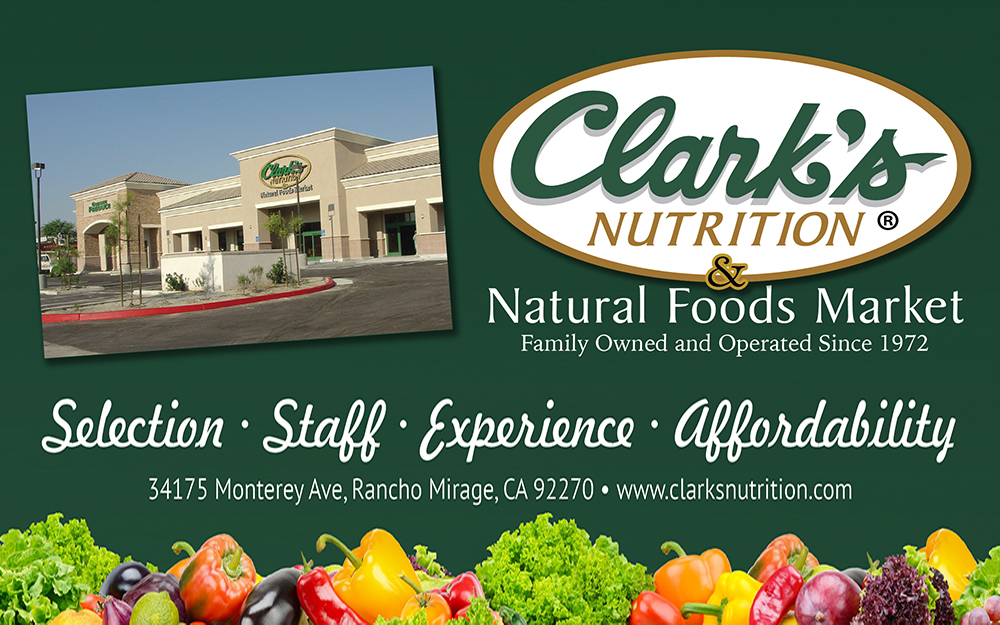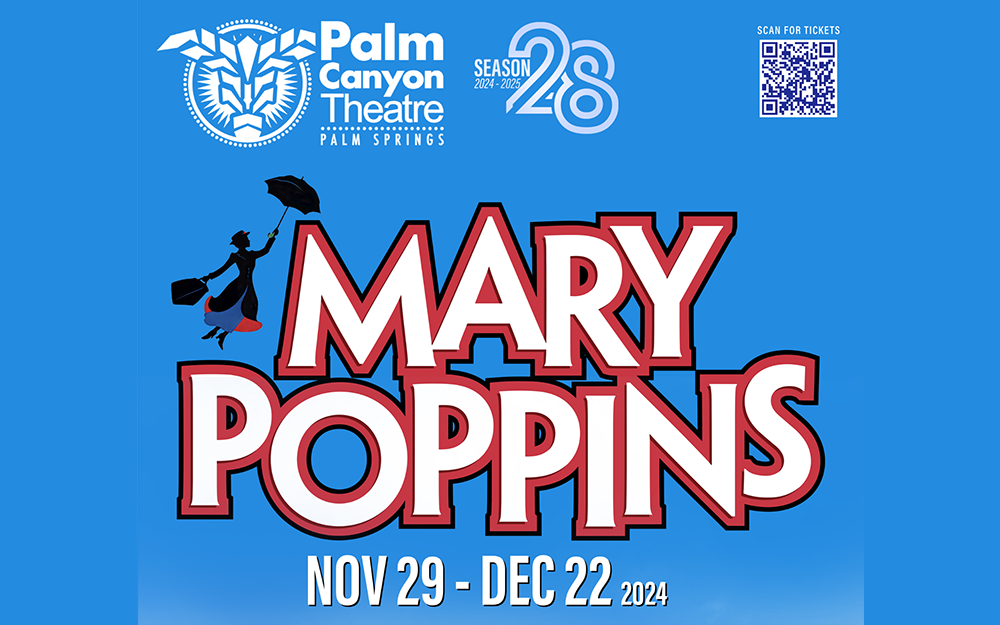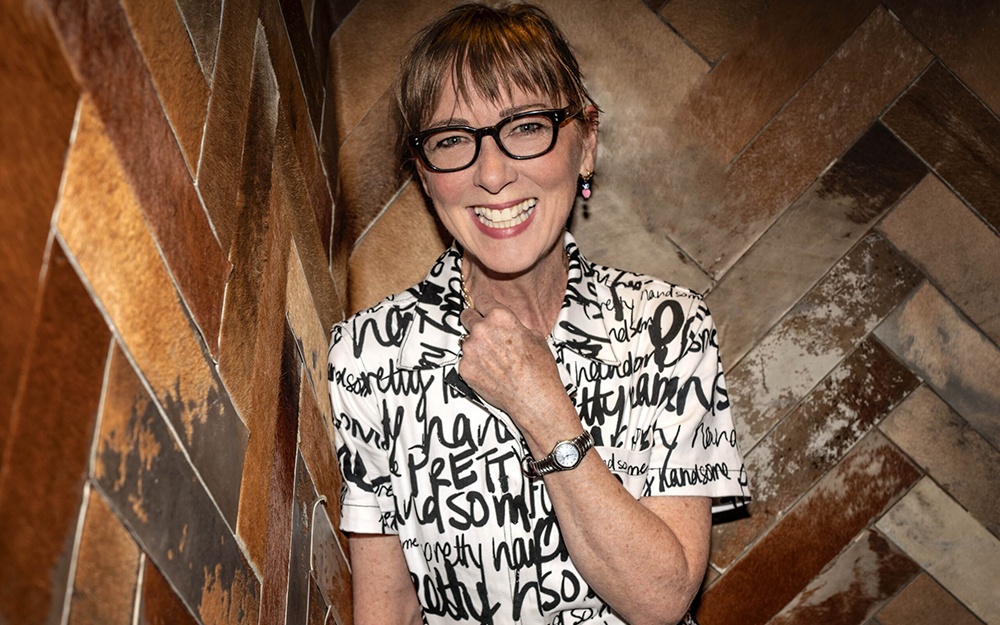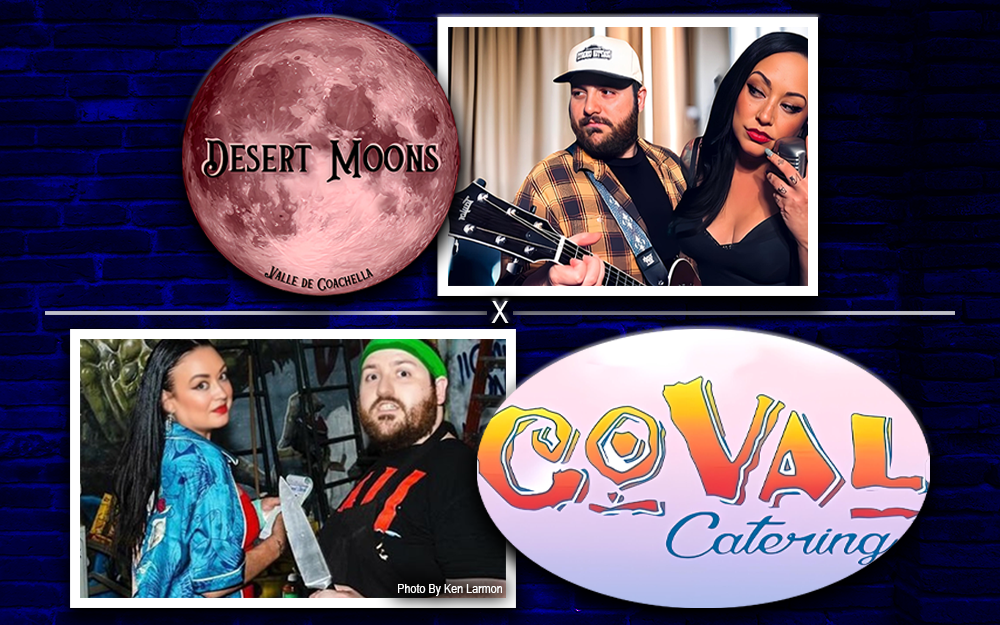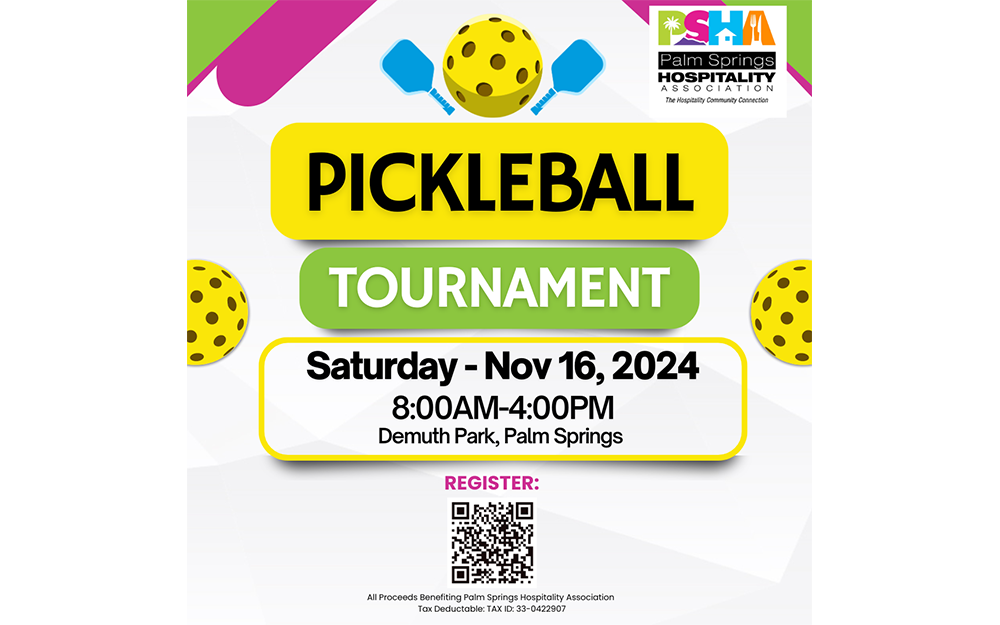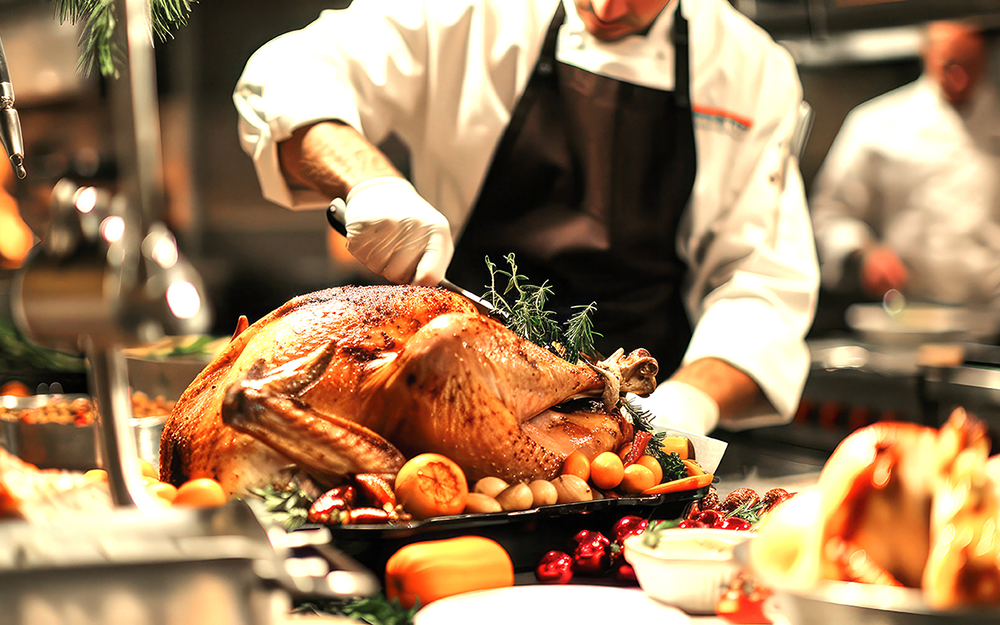
By Rick Riozza
Ahhh—Beaujolais! I don’t know of any other French wine that brings such a smile to the hearts & minds of the wine enthusiasts around the world. However, there is a good portion of real wine drinkers who never touch the stuff.
If we were to analyze this predicament (you thought otherwise?) there could be three different scenarios at play.
1) Some folks have only tried a bottle of Beaujolais Nouveau; they found it a bit wanting as too light, acidic, and without much going for it in the dark fruit category.
2) Or, they attended one of the much-ballyhooed “Beaujolais Nouveau arrival parties” of the past; drank way too much and are still paying for it.
3) Or, at one time in their life, they pronounced the wine as “BOO-jo-lay” (as opposed to the correct “Boh-zhoh-LAY”) in front of some French folks who proceeded to make fun of him; and that guy thereafter swore off the stuff for ever.
I think these are the three top reasons.
Anyway—we’re betting that our hesitant wine enthusiasts, given the chance (again) to try a decent Beaujolais, will see and taste that this wonderfully bright and flavorful wine will pair perfectly with all the holiday fare on the table—from Thanksgving, Hanukkah, Christmas, Boxer Day, Kwanzaa, all the way to New Years!
So let’s get the type and styles of Beaujolais out of the way quick. The intro goes something like this:
Beaujolais has something for everyone. From light-hearted nouveau to somm-favorite cru. Made from acidic and fruity Gamay grape, Beaujolais is lighter-bodied and lower-alcohol than most reds, and offers a (relatively) inexpensive alternative to similar styles from nearby Burgundy.
Beaujolais Nouveau that’s best served chilled and is not particularly for wine snobs—unless the vintage was 2015 or the 2022. This fresh and fruity red is the result of a quick fermentation process that ends up with clean wine.
The Gamay grapes that go into Beaujolais Nouveau are handpicked in the Beaujolais province of France. The wine actually originated about a century ago as a cheap and cheerful drink produced by locals to celebrate the end of the harvest season.
The light, fruity style became popular in the 1970s and is designed to be consumed shortly after bottling. Beaujolais Nouveau Day marks the wine’s release and takes place annually on the third Thursday of November.
The idea of a race to Paris carrying the first bottles of the new vintage was conceived and this attracted much media attention. By the ‘70s, the race became a national event. The races spread to neighboring countries in Europe in the ‘80s, followed by North America, and in the 1990s, to Asia—where it’s still celebrated big-time. Here in the Coachcella Valley, not so much!
The traditional slogan used in ad campaigns and marketing material “Le Beaujolais nouveau est arrivé (which translates to The new Beaujolais has arrived) was changed in 2005 to the very American—“It’s Beaujolais Nouveau time”.
Beaujolais Nouveau is dry with notes of bananas, blueberries, cherries, flowers, grapes, and plums. It is the quintessential dinner wine for Thanksgiving dinner that matches Turkey, gravy, vegetables—and cranberries! which often is a challenge to most wines. At only $12 a bottle, give it a try at the table. Georges DuBoeuf is recommended, and the artistic label always graces the setting.
Next, and most common, are the Beaujolais and Beaujolais-Villages, the former of which account for half of the region’s annual output. The “Villages” type is generally the best from the region. Given that Beaujolais is light and fruit-driven, most wines are best consumed within the first year or two of bottling—oftentimes the “villages” can age into a “baby Burgundy”.
The taste profile here is aromatic and fruity with notes of blackberry, black pepper, blueberries, cherries, cloves, cranberries, flowers, minerals, pears, plums, raspberries, spices, strawberries, and violets. What’s not to love here!!
Bottles range from around 20 to 40 dollars. Look especially to wine shops for deals on Marcel Lapierre, Jean Foillard, Guy Breton, Jean-Pail Thevénet and Georges Descombes.
And finally—the best of the best, “Cru”, is the highest and most-esteemed classification in the region. There are 10 crus within the classification, each referring to a winemaking region. Crus range in style, from lighter-bodied and younger-drinking to fuller, age-worthy wines. The names of the 10 Beaujolais crus are: Brouilly, Chénas, Chiroubles, Côte de Brouilly, Fleurie, Juliénas, Morgon, Moulin-à-Vent, Régnié, and Saint-Amour.
Moulin-a-Vent and Morgon are your heavy hitters and the absolute ticket for full-on flavors; Fleurie and Julienas are lighter and perfumey; Brouilly and corned beef are a match made in heaven. Because of its high acidity, elegant, floral & fruity—it’s Fleurie; aromatic, full of raspberries, cranberries, but light; Régnié is the newest Cru on the block, with tons of aromatic peach, cherry, black currant, and raspberry flavor.
Saint-Amour (remember this one for Valentine’s Day) Two styles of wine are produced here: a light, fruity, floral wine that shows notes of violet and peach and a bigger, spicier version that becomes more Pinot-like with age.
Juliénas, Named after Julius Caesar, these ancient Roman vineyard sites are planted on granite, volcanic and clay soils giving the wines power, structure and terrific aging ability. Floral and fruity, the aromas of strawberry, peach, violet and spicy cinnamon are common. Chénas refers to the ancient oak forests that once covered the hillsides. Appropriately, the wines often have a ‘woodsy’ quality, but it’s their floral notes of rose and iris, plus silky tannins, that earned them the nickname “bouquet of flowers in a velvet basket.” Salud!!


